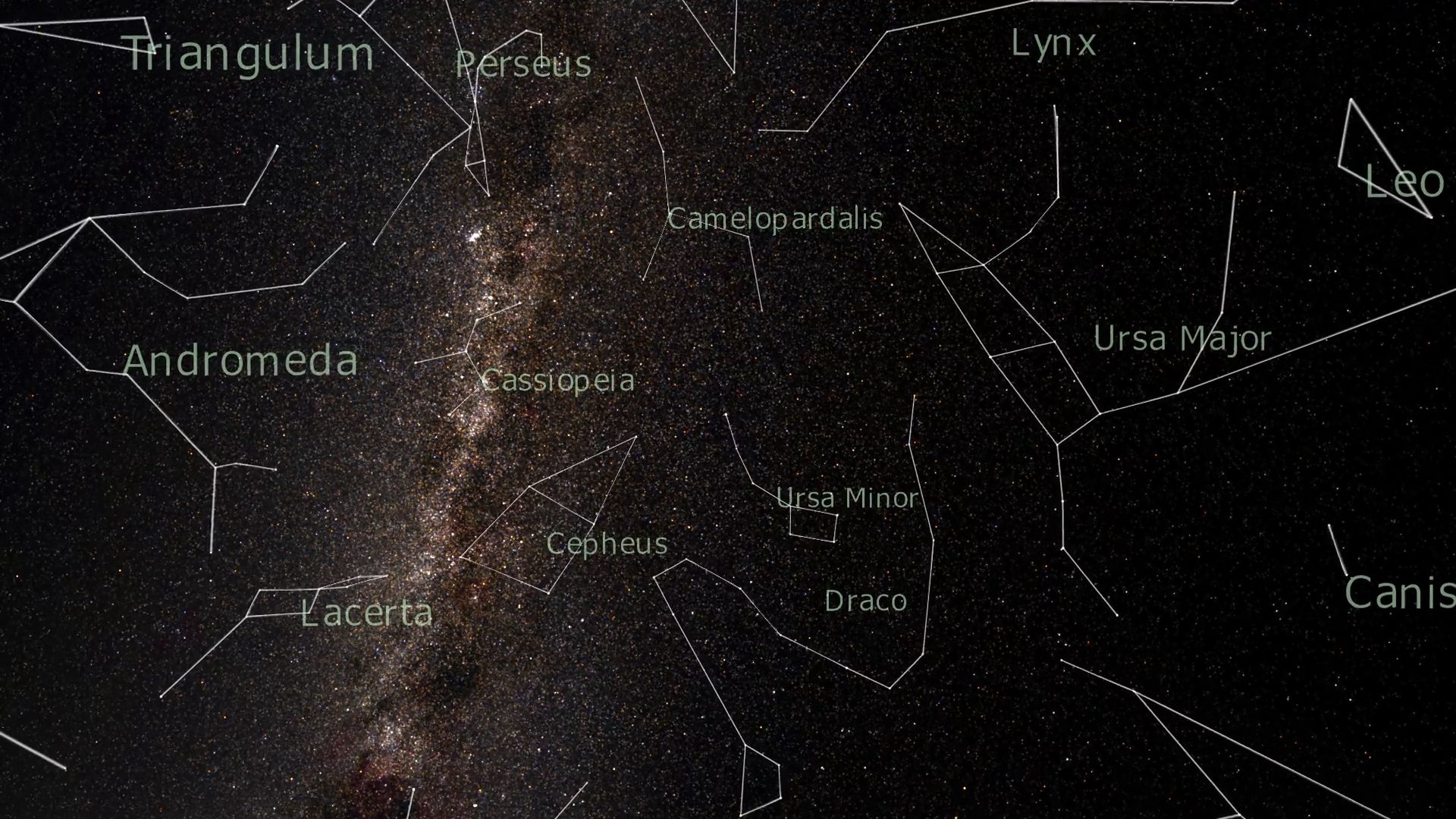Proper motion
The proper motion of a star is its angular change in position over time, measured in arcseconds per year.
Although the constellations appear fixed, over millennia, the different proper motions of the individual stars will cause them to change. It’s not something you can see easily, rather like the geological process of plate tectonics that have changed the shape of the continents over millions and billions of years.
Edmund Halley first noticed proper motions in 1718, when he found that the positions of several bright stars were slightly different to those plotted by the ancient Greek astronomer Hipparchus some 2000 years previously.
The star with the largest known proper motion is called Barnard’s Star. It moves at a speed of 10.3 arcseconds per year, which is the equivalent of it moving across the face of the Moon in 180 years (where the Moon’s angular diameter on the sky is about half a degree). All other stars have much smaller proper motions.
Combining the proper motions with the radial velocities and distances measured by Gaia, astronomers will be able to determine the star’s true motion through space over time. This information will also provide details of the Sun’s motion through nearby space, and will identify unusual stars that appear to be moving differently from neighbouring stars – those which may have hailed from a different galaxy altogether.



